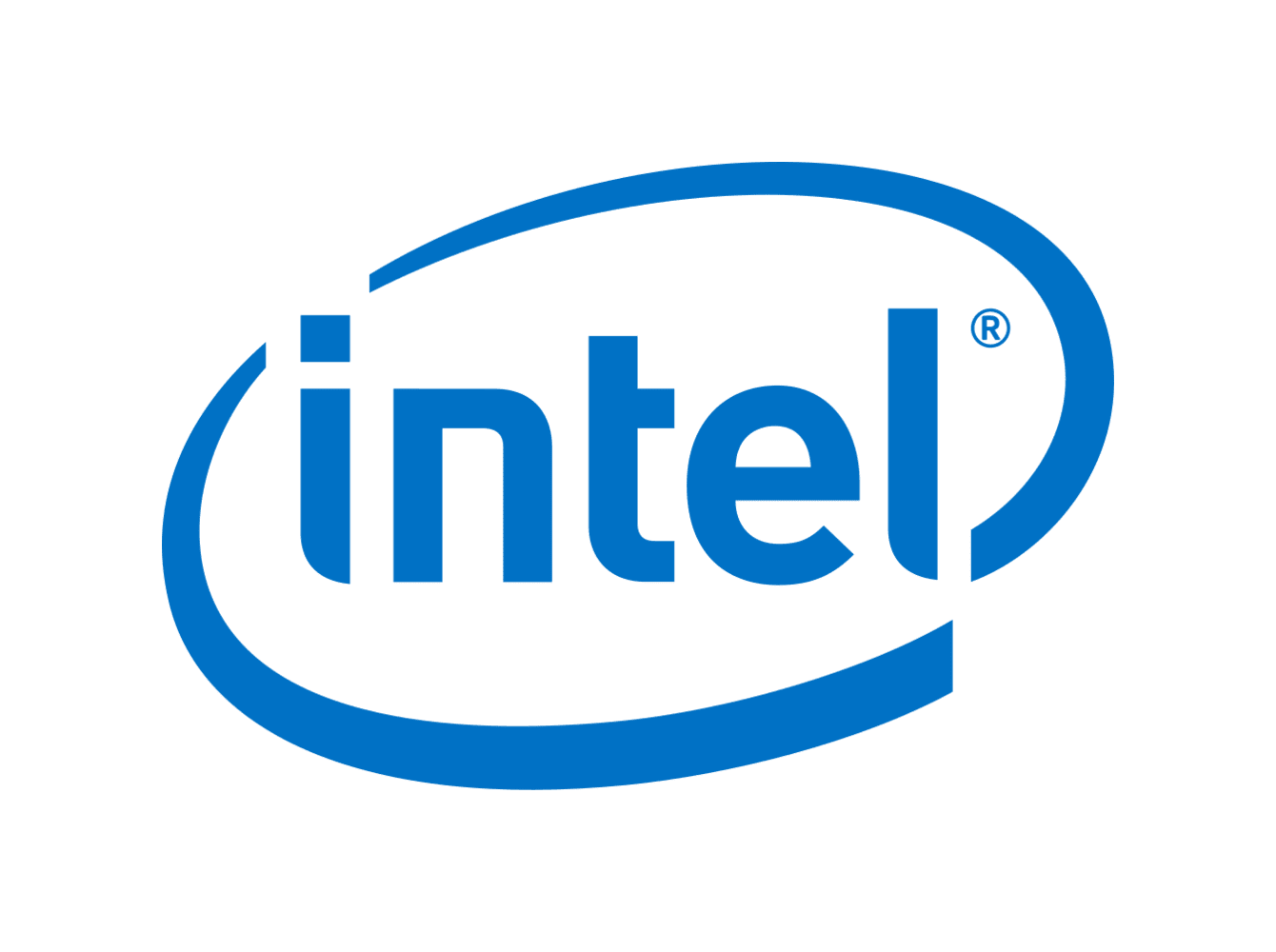

but according to MSI, it is compatible with much higher CPUs. If doing heavy workloads for prolonged periods of time, 13500 or 14500(when released). I
Yes, you’ll be ok with a good tower cooler for the cpu as well (unless you’re using an AIO already). I’m using the thermalright assassin king SE and it’s been amazing. Yes just make sure to limit the PL2 in bios and it will work amazing. I strongly recommend using the balanced windows power plan so the cpu frequencies will be dynamic and adjust itself according to usage. The max performance plan keeps all cores on base frequency and doesn’t allow them to go down dynamically, and will require much more power all the time. You’re in good shape with what you have. Of course, at any time you could install heatsink(s) to the VRMs independently with some strong thermal adhesive if really concerned. Congrats on your upgrade it will be a major uptick in performance.
Would you be able to please posting your system specs to help with guidance. Click start > type MSinfo > open the system information app in the results > click edit at the top left, select all, copy, paste results here. In addition, what brand model of storage drive are you currently using for your c drive?